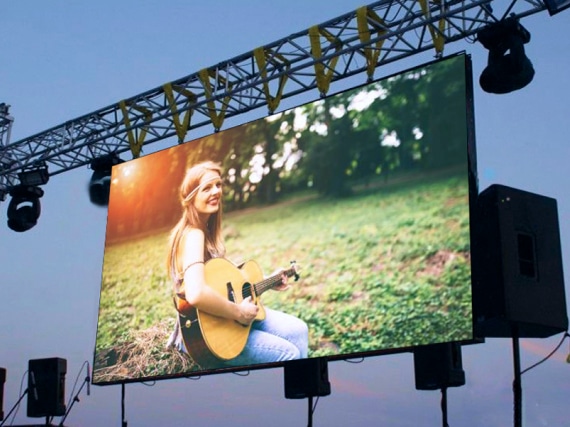A Thorough Comparison of Different LED Display Wall Techniques and The Uses
A Thorough Comparison of Different LED Display Wall Techniques and The Uses
Blog Article
LED display walls have become more popular in different settings, including music events, athletic competitions, and business meetings. These large screens consist of composed of many individual LED modules that work together to form a cohesive unified visual. There are multiple types of LED video wall solutions on the market, every having its own characteristics as well as advantages. Understanding these technologies can help businesses and organizations choose the right option for their particular requirements.
A common type of Light Emitting Diode display wall technology is the directly viewed LED. This solution utilizes separate LED modules which are placed near together to create a big screen. Direct view LED walls are known for their elevated luminosity as well as vibrant colors, which makes them ideal for external activities or well-lit illuminated environments. These displays also have a broad sight angle, allowing means that people can see the screen distinctly from various positions. This renders directly viewed Light Emitting Diode walls a popular choice for sports arenas as well as outdoor festivals.
Another kind of LED display wall technology is the LED illuminated Liquid Crystal Display. This solution combines conventional Liquid Crystal Display screens with LED illumination for improved luminosity as well as color precision. LED illuminated Liquid Crystal Displays are often utilized in interior settings, such as shopping malls and meeting spaces. These displays provide superior visual clarity and are generally more affordable than direct view LED screens. Nonetheless, they may often function as effectively in well-lit environments, as the backlighting can sometimes wash out the colors.
Another thirdly choice is the Organic Light Emitting Diode display screen. Organic Light Emitting Diode solution offers exceptional differentiation and color depth compared to other types of displays. Each pixel in an OLED screen emits its individual luminescence, enabling for genuine dark tones as well as lively hues. Such renders Organic Light Emitting Diode display screens particularly appealing for applications that require premium images, including gallery exhibitions and luxury retail stores. However, Organic Light Emitting Diode technology can be more expensive while may not be as luminous as directly viewed Light Emitting Diode screens, led video wall for art installations rendering it not appropriate for external applications.
In addition to the aforementioned options, various also various uses for Light Emitting Diode video walls. They can be utilized for promotion, entertainment, as well as data presentation. For example, businesses commonly utilize LED display walls for digital advertising to draw in clients and promote goods. Within amusement, they enhance the visual encounter at music events as well as events, offering dynamic backdrops and engaging images. In business settings, LED display screens can be used for presentations, visual conferencing, and educational programs, helping to convey information through a aesthetically appealing manner.
To summarize, LED video screens come in different types, each with its unique advantages and uses. Direct view LED screens are great for outdoor use, whereas LED-backlit LCDs are more appropriate for indoor environments. Organic Light Emitting Diode video walls offer superior image clarity yet may come at a greater cost. Understanding the differences differences can assist organizations make knowledgeable decisions about the best kind of Light Emitting Diode display screen best satisfies their needs, whether for advertising, amusement, and business applications.